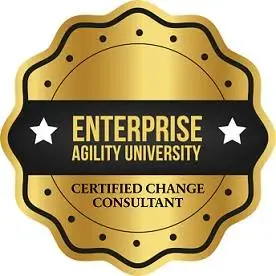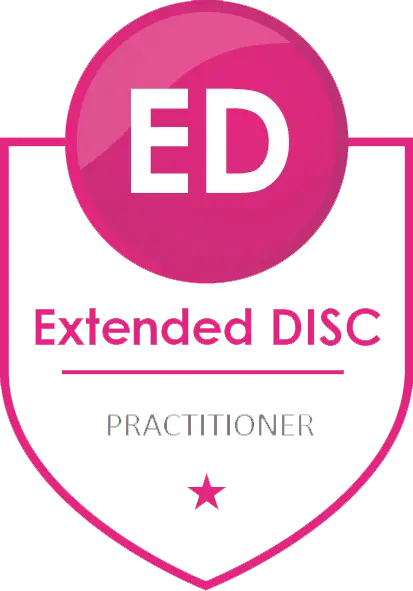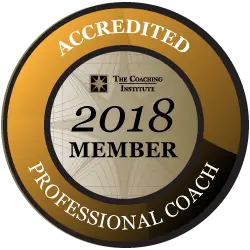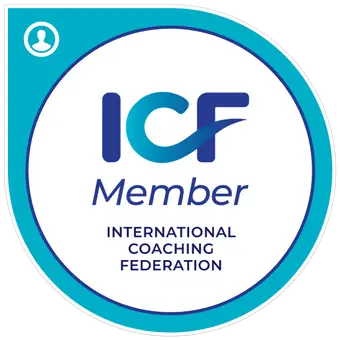This article is a short snapshot of my personal corporate leadership experience. I will try to best describe the journey of going from a poisonous unhealthy culture to a high-performance culture with outstanding team results,
I am going to show you, step by step, the process I’ve implemented to achieve an increase in revenue and increase customer satisfaction from 63% to 98% as a result of a great culture.
A few years ago I was hired as a coach and a team leader by an American corporation operating all around the world. I was assigned to two teams in the Eastern and Central Europe region. When I came in I was in shock at how broken the culture was and how unhappy people in the teams were. They didn’t have any purpose to be there, but for money.
I am sure some of you may be familiar with the feeling of being a part of a team where there is no support and no relationship, where no one really cares.
I was trying to understand what was going on. I took my time to observe and assess the situation and team environment. I was assessing my chances of making this work.
How did I know the culture and people were underperforming and there was a problem?
I made a list of behaviours and actions I noticed that caused the team’s underperformance
10 signs of a need for culture change:
- Team members were talking behind each other’s back
- Gossiping and hatred
- Favouritism
- Competition among team members instead of collaboration and teamwork
- No transparency and honesty – team members don’t have any idea when is their last day at work. They were in constant fear and uncertainty
- Team members didn’t understand their vision or what their goals and purpose were.
- No engagement
- No trust
- No help
- Mental exhaustion
Other signs shown in the results:
- KPI proof – Declining customer satisfaction
- KPI proof – Low Customer retention
- KPI proof – Low Employee retention
- KPI proof – Lost of revenue and clients
Well, I was honestly so overwhelmed and felt so sad that people had to work in this type of environment without any support and anyone who would try to change it.
What did I do?
I went through my proven 8 step process to create a great environment and culture. I will give you a snapshot of what steps I am talking about and try to break them down.
- Introduction and personal meetings
- Trust and relationships period
- Assessments and profiling tools
- Culture Workshop & Observation period
- Hard conversations & new habits implementation
- Co-Hiring
- Systems and processes – measuring behaviours and mental agility
- Tracking numbers
Now, to give you a bit of understanding of what you can do, and maybe bring a bit of clarity to what each stage can bring you and your team.
1. Introduction and personal meetings (interviews) – I conducted a personal meeting with each member. This can take some time but it is the best way to get to know people. Ask them a lot of personal questions in a trusted relaxed environment and find out how they are really feeling in the team and what they think can be better. The most important part of this process is to learn to be present, deep listening and open questioning. You can ask people what they like about their work, what is most enjoyable and what is their career plan. Ask them how best you can help them and what skills they are looking to develop. Be relaxed and ask not only work-related questions. Try to understand what the person likes, what hobbies they have and what sport they do. Gather as much information as you can because this can help you to build trust all the way.
2. Trust and Relationships period. Remember without trust and relationships you will have a really hard time implementing culture changes. You don’t need to be friends with your team members; you need to show them respect, acceptance and also willingness to help and support. You need to show them they matter, each of them. Show them how important they are in the process and in the company. Create a bit of security but also flexibility. Have very open and clear conversations.
3. Assessments and behavioural profiling. This is something I like to do for each team member to help them to see their strengths and opportunities for growth. Also, you can unpack the profile with them and that will help you to deliver some pain points and observations. The professional tool will help you to uncover some unresourceful patterns and they will more than likely accept this because it is not delivered as a personal opinion but as an objective measurement. Here you can brainstorm how to help them to improve. This will also increase trust and respect in your relationship because you are already doing something more for your team members than anyone did before. Personal interest in people’s growth is really important for great leadership.
4. Culture Workshop. This is a team meeting that you as a leader (or coach you hired) can deliver and facilitate. The important part of this workshop is that the team is co-creating their vision, beliefs, values and standards. Define a set of desired values and behaviours. This session must be interactive. It is not a leader who is deciding what is best for the team but it is the team deciding what is best for them. You co-create your working environment. Not the physical environment but the behaviour and thinking environment.
5. Hard Conversations. There is always one or two people who are major “pull downers” in a team, people who are misaligned with team values and environment. It is time to ask your team how they see the situation. Again you need to bring clarity and transparency to your discussion. You may ask the team what they want you to do and what they think would be great for the team culture and results. It is something you can do two ways. You can conduct a team meeting and/or have a personal one-to-one conversation with members and ask for their input on the situation. This helped me so much to gain more trust and respect. And also the team felt responsible for their decision which made them work harder together to show in their results they made the right decision.
6. Co-Hiring. Now you know the team can make hard decisions, they can have hard conversations. It’s time to involve them in team growth and hiring by creating co-hiring sessions. We organised a few hiring sessions with my colleagues and always invited team members to sit in, observe and help to make decisions. They knew who was the best fit for their team, they knew who we were looking for. We had a long chat about clarifying what attitude we want in the team, what values the new person should have and what strengths they possess which would complement the team itself.
7. Systems and processes. We co-create systems for scheduling, planning and executing especially because one of the major issues in the team was assigning people based on numbers. They dismiss the most important criteria like values, experience, strengths, behaviours and personality traits. We created criteria and measurements. We create our own mini-systems and processes to measure our results and evaluate if we are on track. We evaluate different ways – we focused on what went well and what can be improved from the perspective of results combined with a behavioural environment.
8. Tracking numbers. We know without measuring results, KPIs and KVIs, there is no clear path to progress and also there is no opportunity to improve. We created team boards and new systems for tracking our numbers in a visible and transparent way. If you have one aligned system of measurements with your team and they understand what and why those are important values to measure you will achieve a lot of inspiration and momentum in your team.
By implementing those 8 steps, we were able to improve our customer satisfaction from 63% to 98%. This is the customer satisfaction rate that this particular team and this product never achieved before.
We celebrated together and stayed inspired for the next year.
We follow the same process and co-create our goals and environment.
Team and team members showed all signs of healthy and high-performance culture:
- Highest customer satisfaction
- Increased customers
- Improved customer and employee retention
- Increase revenue
- Trust
- Teamwork and collaboration
- Engagement
- Transparency
- Clarity
- Happiness and mental wellbeing
- Motivation and drive
If you want to have a deeper insight into leadership and leadership programs please ask me any questions via email or our website.
I am happy to help.
Alex Terrey
alex@thementoringeffect.com












